I’ll probably do two posts today, but only because this one is a preview and an attempt to gather opinions…
I find writing helps me think, and we’ve got a Philosophy exam day after tomorrow. We’ve got a “study sheet” with eight concepts and fourteen potential essay questions that might come up on the exam. Is anyone reading this particularly interested in any of these (some of these have been addressed in earlier posts, but here’s the whole list)?
Concepts: “valid argument”, “sound argument”, “a priori knowledge”, “a posteriori knowledge”, “epistemology”, “metaphysics”, “doctrine of recollection”, “Objective reality/formal reality”
Essay topics (in short):
- Describing the “Socratic Method” and contrasting it with the sophist method.
- Discuss some of the Socratic philosophical positions that might call into question the view that what is right for a person is whatever that person believes is right.
- Discuss Socrates’ claims that evil harms the evildoer and that “the unexamined life is not worth living”, and whether or not he’s justified in these claims
- Critically discuss Socrates’ claim (at his trial) that he could not have been knowingly and willingly corrupting the youth
- Discuss Socrates’ arguments in the “Apology” that death is not something to be feared
- Discuss the “Learner’s Paradox” in the “Meno” (roughly – is it possible to “learn” something without being “taught”, and if so, how can this be?)
- What was the point of the “slave boy” portion of the “Meno” (Socrates’ attempts to demonstrate that someone who doesn’t understand Geometry can come to have knowledge of geometry without being taught.)
- Discuss Meno’s definition of “virtue” and Socrates’ objection to it
- Discuss the distinction (in the “Meno”) between “true knowledge” and “opinion”, and how it relates to the question of whether virtue can be taught
- From “Euthyphro”, discuss the issues around whether or not whether something is “pious” because The Gods love it, or if The Gods love it because it is “pious”.
- State clearly and describe Descartes’ three levels of doubt
- Discuss Descartes’ contention in the first Meditation that he cannot know if he is not dreaming
- Discuss The Cogito (“I think, therefore I am” and why Descrates couldn’t instead say (for example) “I walk, therefore I am”
- Discuss: “I hear a noise, I feel heat. These things are false since I am asleep. Yet I certainly do seem to see, hear, and feel warmth. This cannot be false.” (A quote from our translation of Descartes’…)
That’s what we’ve been given to work with. What are the odds that any of that is interesting to any of you? If so, please comment (no login required, and go ahead and put a fake email address in the comment form if it bothers you – as long as it doesn’t appear to be spam I’ll post it.). Come on, you’ll be doing me a favor, and you’ll automatically sound like a genius because we’re discussing philosophy.
Followup post later today…
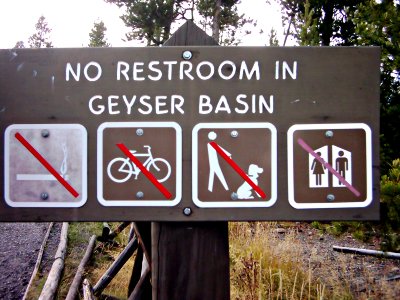
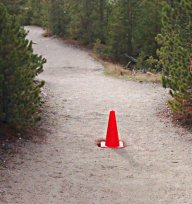 Wow! Look at that! Do I spy the
Wow! Look at that! Do I spy the 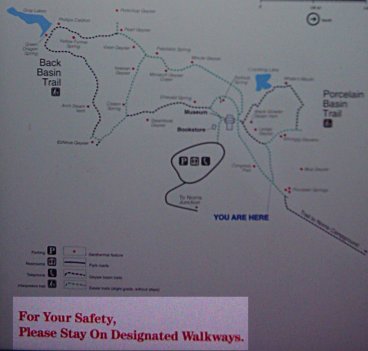


 Yeah, yeah, whatever. What are you going to do if I don’t – have me arrested?
Yeah, yeah, whatever. What are you going to do if I don’t – have me arrested?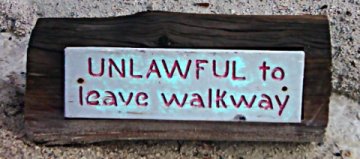

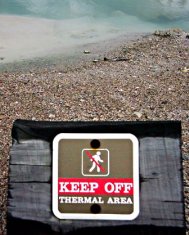
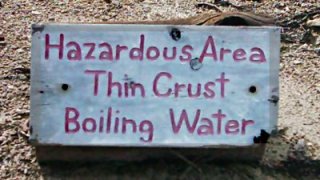
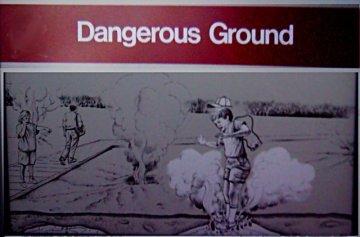
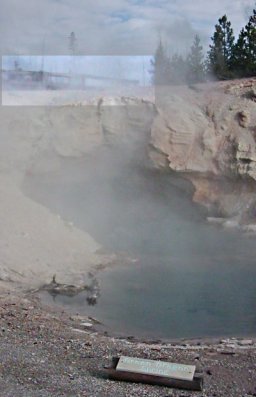 What the heck? Is Green Dragon Spring actually devouring the ground under that walkway?!?! Oh! I get it – you’re saying the park itself can swallow you up and and cook you?
What the heck? Is Green Dragon Spring actually devouring the ground under that walkway?!?! Oh! I get it – you’re saying the park itself can swallow you up and and cook you?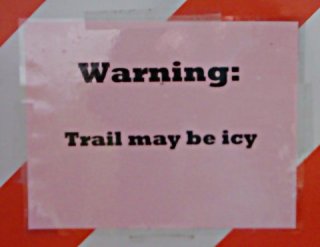
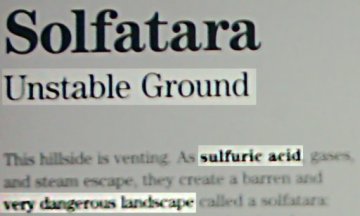
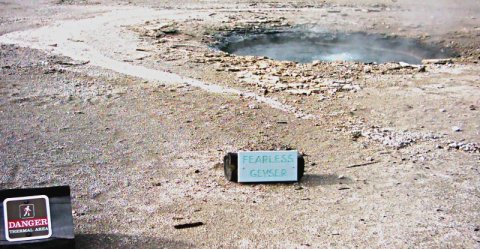
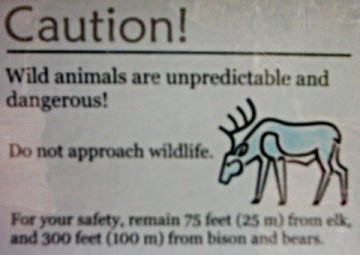

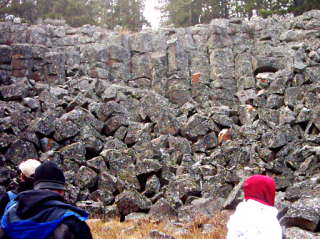
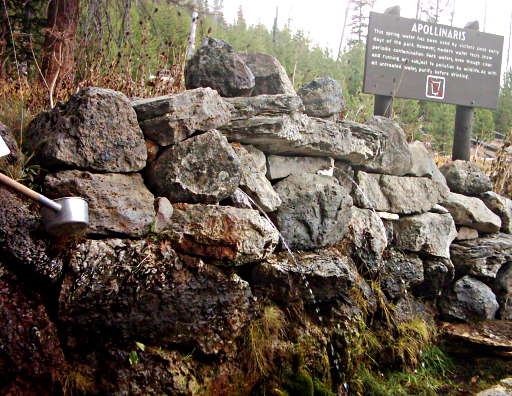
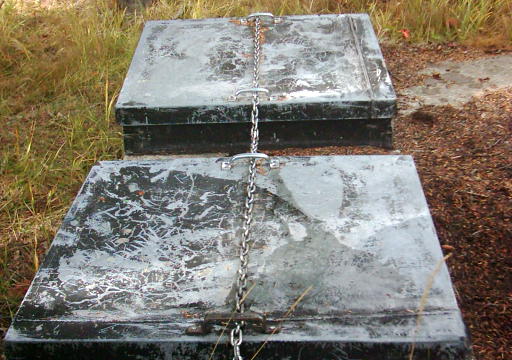
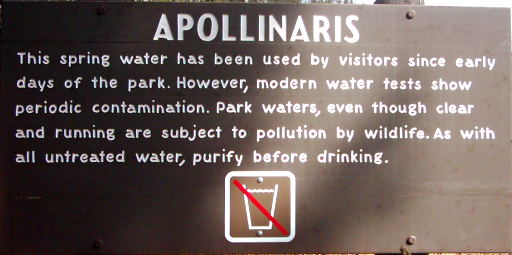
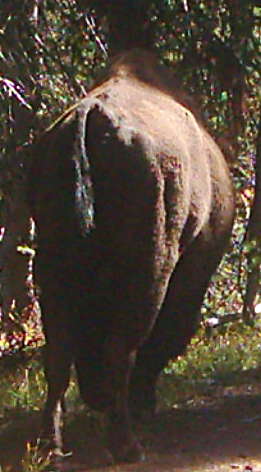 Oh, right. Natural bottled-spring-water flavor. Hey, it’s natural, it’s got to be good for you, right?
Oh, right. Natural bottled-spring-water flavor. Hey, it’s natural, it’s got to be good for you, right?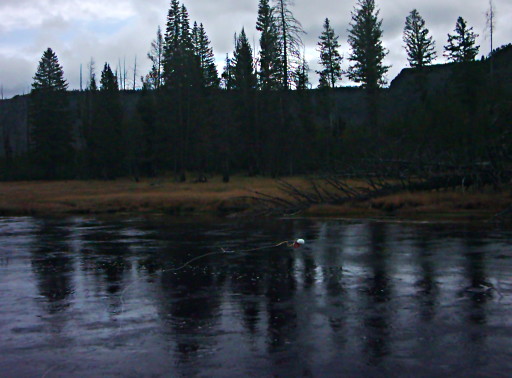
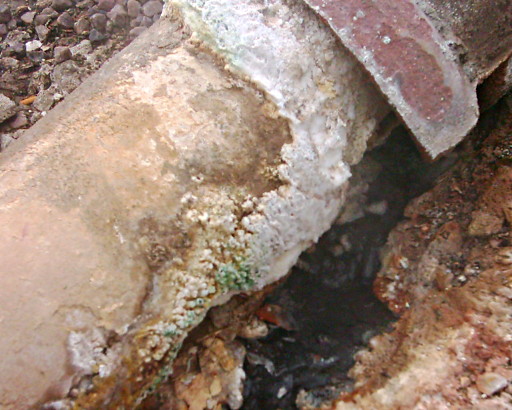
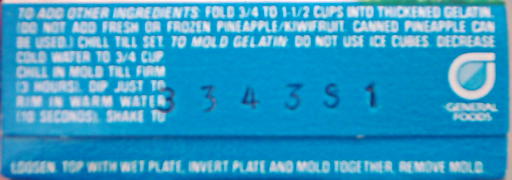
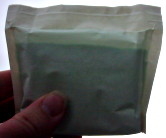 My precious stock of expired JellO® is depleted by one more box, the packet ripped from its cardboard
My precious stock of expired JellO® is depleted by one more box, the packet ripped from its cardboard 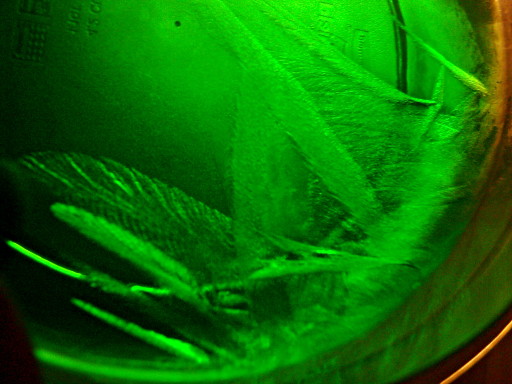
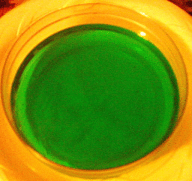 “Now I lay me down to bed
“Now I lay me down to bed